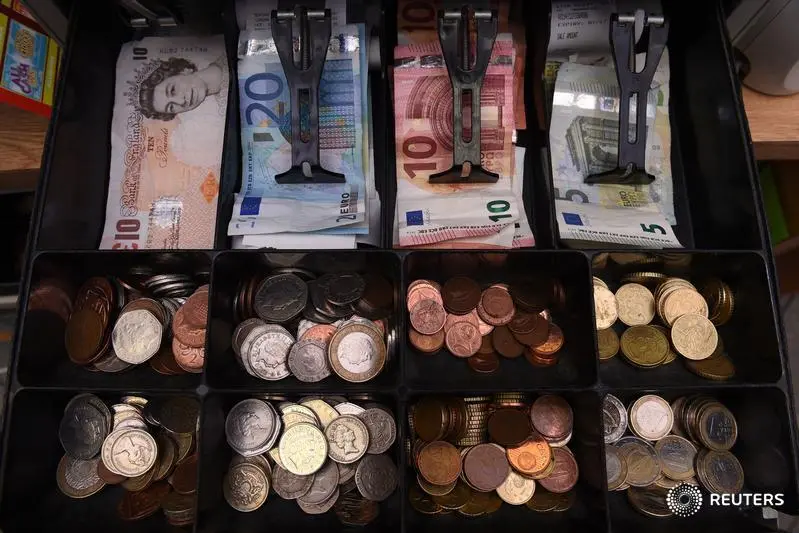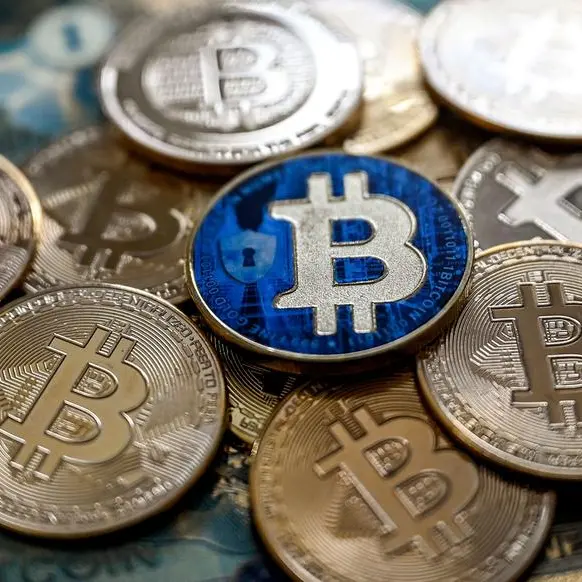PHOTO
A shop cash register is seen with both Sterling and Euro currency in the till at the border town of Pettigo, Ireland October 14, 2016.
The pound paused around multi-year highs on the dollar and the euro on Monday, supported by the Bank of England's relative hawkishness, at the start of a week where, barring dramatic surprises, its fortunes will largely depend on moves elsewhere.
Sterling was up 0.16% on the dollar at $1.3394, sitting just shy of a two-and-a-half year high hit the previous week.
The euro was up 0.1% on the pound at 83.54 pence, but could not break far from last week's 83.19 pence, its lowest since April 2022.
Boosting sterling has been traders' expectations that the Bank of England will be relatively cautious in cutting interest rates compared to the Federal Reserve and European Central Bank.
The BoE kept rates on hold in September, after cutting in August, and markets are only fully pricing one further 25 basis- point rate cut by year end.
In contrast, the ECB has cut rates twice this cycle, and analysts expect two more 25 bp cuts by December, while markets are pricing round 70 bps of further cuts across the Fed's remaining two meetings, after September's large 50 bp move.
"The pound’s recent strength has partly relied on the 'no news is good news' narrative, as quiet calendars allowed markets to look elsewhere for easing bets while happily keeping the Bank of England in the group of relatively hawkish outliers," said Francesco Pesole, currency strategist at ING in a note.
The pound looked through Monday data showing British economic output expanded by 0.5% in the April-to-June period, slightly weaker than a preliminary estimate for 0.6% growth, but there were positive signs from household finances and business investment.
There is little other major economic data due from Britain this week, meaning the main sterling pairs will be driven by other factors.
Euro zone inflation data, due on Tuesday, will shape euro/sterling, while this week's U.S. jobs data, particularly non farm payrolls on Friday will be the main driver of the pound against the dollar.
(Reporting by Alun John)





















